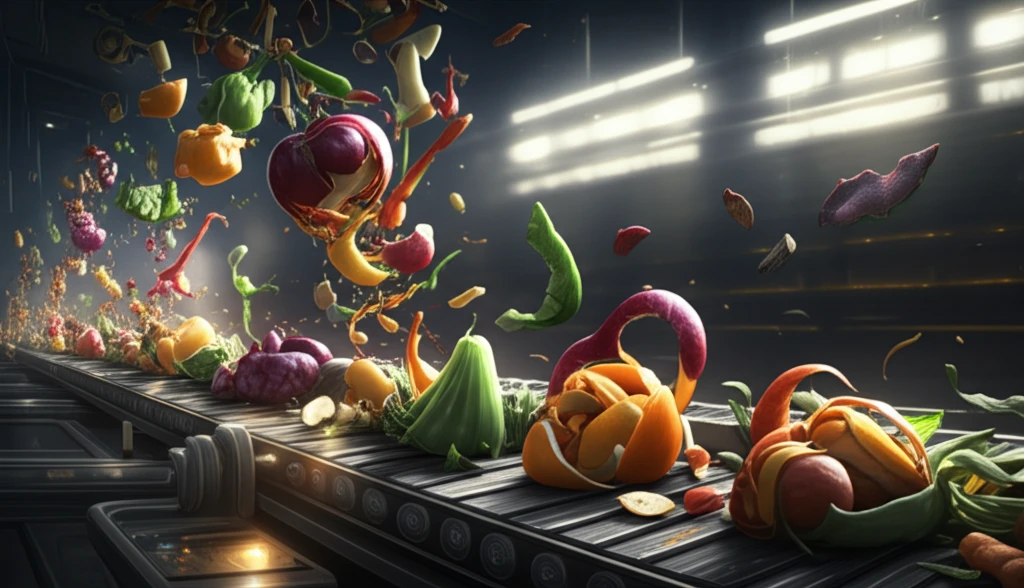
Waste Not, Want Not: The Surprising Second Life of Food Byproducts
"Discover how innovative technologies are transforming food waste into valuable resources, from dietary fibers to natural antioxidants."
In an era increasingly defined by sustainability and resourcefulness, the concept of 'waste' is undergoing a radical transformation. What was once discarded is now being reimagined as a valuable resource, particularly within the food industry. Food waste, an issue of enormous global concern, is no longer just a problem to be managed; it's an opportunity to be seized. Innovative technologies and creative applications are turning discarded food materials into valuable commodities, paving the way for a more sustainable and economically sound future.
This transformation, known as food byproduct valorization, is gaining momentum as researchers, businesses, and policymakers recognize the immense potential hidden within these discarded resources. From the peels of fruits to the remnants of olive oil production, food byproducts are rich in valuable compounds that can be extracted, refined, and repurposed into a wide range of products. These include dietary fibers, natural antioxidants, food additives, and even materials for cosmetics and packaging.
This article explores the fascinating world of food byproduct valorization, delving into the innovative technologies that are making this transformation possible. We'll examine specific examples of how food waste is being repurposed, highlighting the benefits for the environment, the economy, and human health. Join us as we uncover the surprising second life of food byproducts and explore the exciting possibilities of a more sustainable food system.
Turning Trash into Treasure: The Science of Valorization

The industrialization of processes dealing with recovering compounds from food wastes is a complex undertaking. It begins with laboratory research and moves through pilot planning and full-scale production. Protecting intellectual properties and developing definite applications are also vital. These steps ensure the process's sustainability, economic benefits, and market establishment. Focusing solely on extraction technologies without investigating tailor-made applications is a path to failure. A successful scale-up should maintain the functional properties of target compounds while meeting consumers' high-quality standards.
- Thinking of the idea as a financial asset.
- Implementing policies and processes for identifying, disclosing, and assigning patentable inventions as an integral part of research and development efforts of the organization.
- Considering advantages and disadvantages of patent protection and to check alternatives (secrecy, utility models, etc.).
- Performing a prior art search to verify if the invention is not already claimed by another individual or business, and identify competitors or potential partners.
Looking Ahead: The Future of Food Waste Valorization
The future of food waste valorization is bright, with ongoing research and development pushing the boundaries of what's possible. Emerging technologies like pulsed electric fields and subcritical water extraction hold promise for more efficient and sustainable extraction of valuable compounds. As consumer awareness of sustainability grows, the demand for upcycled food products is likely to increase, driving further innovation and investment in this field. By embracing food byproduct valorization, we can create a more resilient and sustainable food system that benefits the environment, the economy, and human health.
